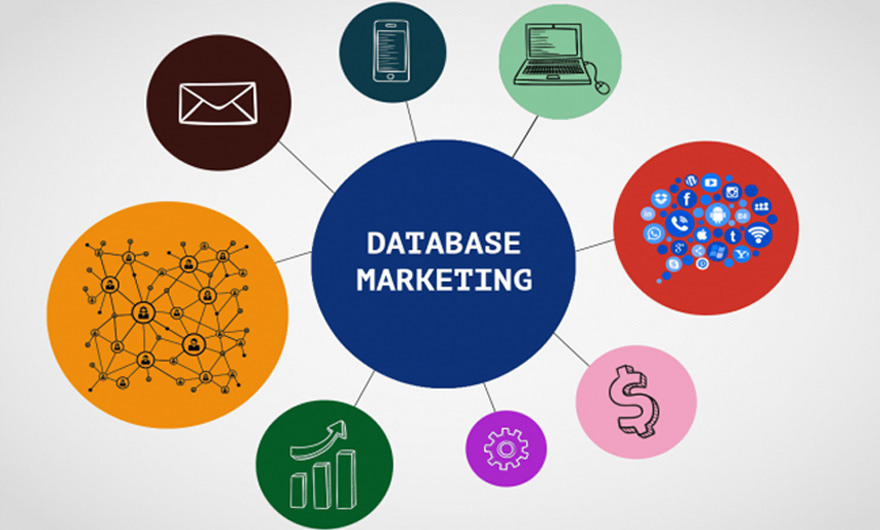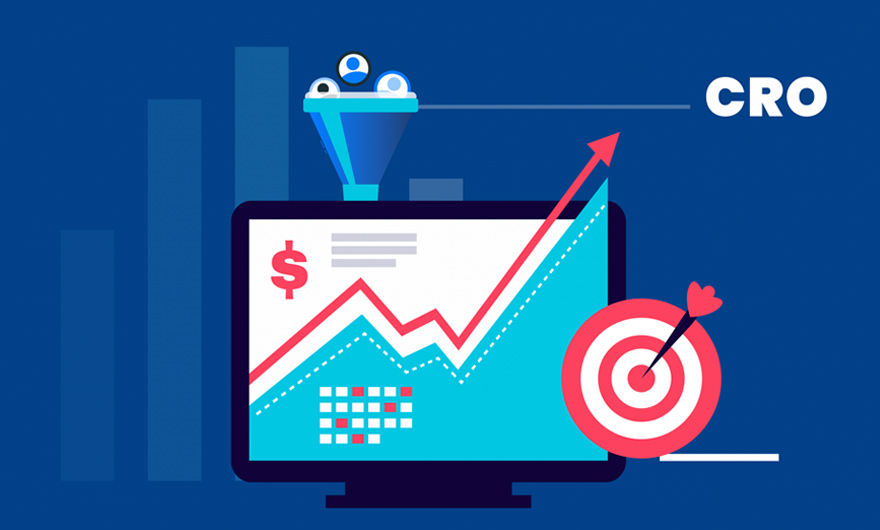Database marketing is the identification, collection and analysis of data and specific information about past, current and potential customers from sources inside and outside the organization so that we can execute strategic marketing plans. Database marketing usually begins with organizing customer information into a database from which information can be retrieved.
The Importance of Database Marketing
Today’s marketers have more access to customer information than ever before. This is why database marketing has once again become so important. It’s all about using this information to create marketing messages to better please your customers (both potential and current).
Database Marketing Objectives
Database Marketing uses marketing information to develop and implement action plans to advance marketing goals. In this work, various goals can be achieved from strategic planning to cost reduction, but the most important goal is to increase the profitability of the fund that is spent on marketing. This goal is achieved by setting criteria for continuous evaluation of marketing activities.
1- Improving profitability
One of the goals of database marketing is the ability to centralize marketing efforts and allocate resources in a way that increases efficiency and profit margins.
2- Increase sales
The goal of a number of database marketing techniques is to save database costs by reducing resource waste and limiting activity in unprofitable market segments. The primary goal of database marketing is usually to increase sales and take advantage of new market opportunities.
3- Improving communication
You may communicate with your customers through direct mail, purchase letters, contract renewal letters, advertisements, conventions, customer service letters, new product announcements and product updates. It is good to collect and review all these methods of communication with the customer at least once a year to see if the quality and content of your message matches the specifications, needs and desires of your customer and conveys a relevant and attractive message to them?
4- Improving product development
With a customer database, you should be able to communicate with your customers on a regular basis to gather information about the type of improvement they would like to see in your products or applications. Likewise, if you have a database of potential customers, it is a good idea to talk to those potential customers to determine why they are reluctant to buy your product or service. You can also conduct regular surveys by phone or e-mail.
Communicating with the customer is the key to database marketing
Either way, database marketing is an interactive approach that starts with sales. The key to database marketing is communicating with the customer. Developing and understanding this relationship is the cornerstone of database marketing. Developing this relationship can improve customer retention, increase customer value over a lifetime, and help develop a product based on customer needs and wants. Understanding this relationship also significantly increases the efficiency of attracting new customers.
Database Marketing Benefits
- Saving time
- Targeted marketing and identifying potential customers
- Better customer relationships
- Brand compatibility and protection
- Lower marketing costs
- Evaluation and isolation

Database Marketing Challenges
Database marketing offers compelling benefits, but to succeed in this field, marketers must also understand the challenges.
Be aware of these database marketing challenges:
- Data deterioration: Whenever a customer or prospect changes jobs or upgrades, moves to a new address, changes their name, makes a new email address, or creates other changes in life, their profile disappears. A well-managed database degrades an average of 2-3% per month, meaning that in just one year, one-third of your data may be invalid. To limit the deterioration of information, focus on information that is less subject to change, for example: name and phone number, rather than business email.
- Data accuracy: Customers do not always provide accurate information. Typing, handwriting readability or incomplete information can have a huge impact on the quality of your database. You can limit inaccuracies by replacing input fields with standardized menus or single boxes.
- Timely work on customer information: Collecting and analyzing customer information is only the first step. You need to act fast enough to take advantage of customer interest and engagement with your brand. This is where marketing automation tools like CleverTap come in handy. By uniting rich user profiles and powerful segmentation and Omni channel marketing campaigns, you can provide timely and personalized experiences for each user.
Effective database marketing strategies
How to start creating your own marketing strategy? Start with the following steps.
- Identify your target audience. How old are they? What is their income level? What is their job title? Where do they live? What are their interests? What else do they buy? Create a detailed and ideal customer profile for your product and then use this profile to decide what kind of information you should enter in your database.
- Collaborate with other teams. Marketing, sales and support all have a direct relationship with customers and prospects. What information from each team should be effective?
- Find the right software. No one in your team does customer data. If they do not have access to it, choose a tool that makes it easy for different information, types of customers, and even organizing customer information to match your different products or service groups.
- Gather customer information. Look at internal and external data sources. Including:
- Data acquisition: From which channel or source did a new customer come? Which marketing campaign?
- Demographic information: What is age, gender, marital status, level of education, place of residence and … of a customer?
- Technology Data: What are the devices used to communicate with your brand? Desktop or mobile? Android or iOS?
- Psychological information: What are their personal views, values and personal interests? What motivates them?
- Activity data: How did they interact with your website, social media pages, or mobile apps?
- Transaction data: How often do they buy from you and how much do they pay? Which items do they usually buy together?
- Correspondence data: Have they ever received a customer support ticket? Posted a question or complaint on social media pages? How about responding to a poll?
- Keep information up to date and backed up. Building a customer database takes a lot of time and effort. Protect your investment by protecting against power outages and technical problems. CRM software can automatically update profiles as customers enter new information, and online tools can protect against data corruption by integrating with your software and updating each contact as they browse your website.
- Respect customer privacy. Social media has made it easier to get accurate information about the benefits, insights and updates of customers’ lives. Effective personalization is about delivering a relevant message to an interested audience, it does not prove how much personal information you have.
The last word of Database Marketing
If there is a way that you can create a list of all the people who are in this field and may have a special interest in your product with just one click of a computer button, that is by using Database Marketing.







Leave feedback about this
You must be logged in to post a comment.